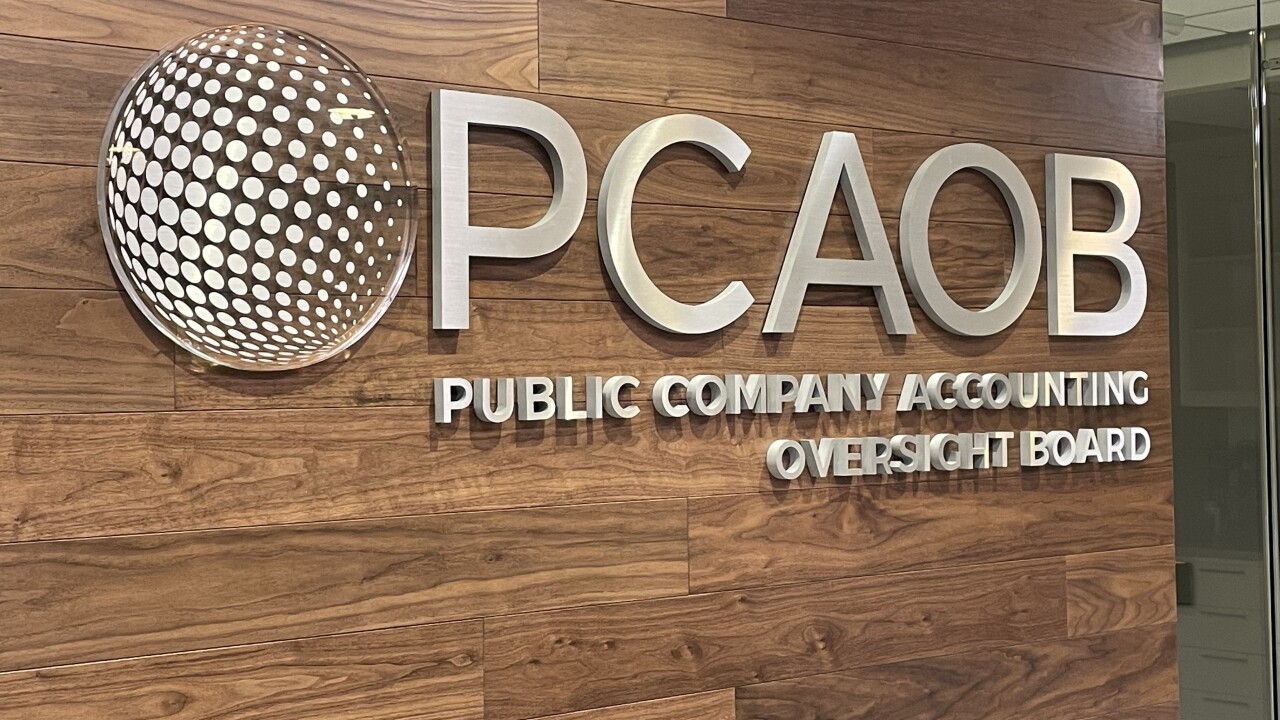IMGCAP(1)]When your nonprofit clients understand the conditions that lead to fraud, they are better equipped to reduce risk.
Fraud can infect any niche, but with the complexity of nonprofit accounting, the risk of fraud is that much higher.
The good news is that you can educate your nonprofit clients on how to recognize the signs. For example: Does their controller tend to drop off invoices to sign at the end of the day? Do they have employees who never take a vacation? Are their financial statements and bank reconciliations always late? These are common signs of potential fraud and happen often within the nonprofit market.
This article identifies the top reasons for fraud in the nonprofit sector and how to spot the signs. Armed with this information, your firm will be better positioned to consult with clients and help them safeguard their organization The fact is, just a few simple organizational changes can greatly reduce fraudulent activity.
The Conditions for Fraud in Nonprofits
A recent report by the Association of Certified Fraud Examiners reported that fraud, in general, continues to be rampant. On average, organizations lose 5 percent of their annual revenue to fraud perpetrated by employees. Nonprofit organizations, in particular, are susceptible to fraud due to the mere complexity of accounting. Additionally, with a still-recovering economy, the tendency to rationalize stealing in employees is heightened. All of this, combined with poor internal controls, creates an environment ripe for fraudulent activity.
The mechanisms of fraud within nonprofit organizations remain standard: check tampering, falsification of time sheets and expense reimbursements, skimming of cash, and the creation of fictitious vendors and employees. To reduce acts of fraud, it is important to understand the conditions that make an organization susceptible.
In general, there are three conditions that perpetuate fraud in nonprofits. These conditions are commonly referred to as the “Fraud Triangle” and include:
1. Outside pressures: Employee stressors outside of work play into fraudulent activity, including issues at home, medical bills and addictions. Generally, these stressors create an “unshareable” financial need that elevates stealing.
2. Opportunity: Those with the authority to conduct transactions on behalf of the organization and who are experiencing outside pressures are more likely to commit fraud.
3. Rationalization: Employees who experience pressure and have access to funds often rationalize their stealing. In nonprofits, where budgets can be tight and compensation sometimes frozen, formerly ethical employees can convince themselves that they are simply “borrowing” funds with the intention to pay it back, but never do.
Two of these conditions, outside pressures and rationalization, are not easily detected and therefore not easily controlled. However, “opportunity” can be controlled by simply implementing process enhancements that reduce the opportunity to steal. Even better, these initiatives typically don’t require a large commitment of time and money. Consider the following process improvements for your non-profit clients:
Create a whistleblower system: Develop an internal online system where employees can anonymously report suspected fraud. Tips should be fed to and monitored by human resources or top executives.
Conduct random, surprise audits: Have an internal team and external auditors conduct surprise audits of specific departments or operations and rotate audits through an annual cycle.
Mandate a vacation policy: Make vacations mandatory by implementing a “use-it-or-lose-it” policy. Regular vacations not only reduce employee burnout but can also aid in uncovering fraud. Oftentimes, once a non-vacation-taking employee takes time off, instances of fraud surface. These individuals often work nonstop for fear of being discovered.
Initiate a task rotation routine: Cross-train employees on jobs and have them rotate responsibilities. This is an excellent way to accelerate fraud detection because as employees with fresh eyes come into a new job, they are more likely to spot issues.
Nurture a culture of ethical behavior: Set the tone for the organization’s culture. Executive management should lead by example and create an environment of trust, transparency and ethical practice.
In addition to these enterprise-wide initiatives, there are numerous financial controls that can be implemented to further reduce the risk of fraud, including:
Encourage direct deposit for employees.
Review payroll reports throughout the year and on a scheduled basis.
Reconcile bank statements promptly.
Require original receipts for reimbursements and have them canceled to prevent reuse by someone independent of cash disbursements.
Segregate accounting from cash receipts reporting.
Ensure that the monthly close occurs at the end of each month on a timely basis.
Regularly review accounts payable and vendor listings.
Implement procedures for a high-level approval of new vendors. Password protect changes to vendor names and addresses.
Mandate that no single employee can perform multiple financial tasks, such as signing checks, authorizing disbursements, recording transactions, reconciling bank statements and accessing the general ledger.
With nonprofits occupying a top spot on the “potential for fraud” list, it’s critical that clients implement controls to help them identify and eliminate fraud.
Charlie Jones, CPA, is managing partner of Marshall, Jones & Co., a 29-year-old Atlanta-based CPA firm.





